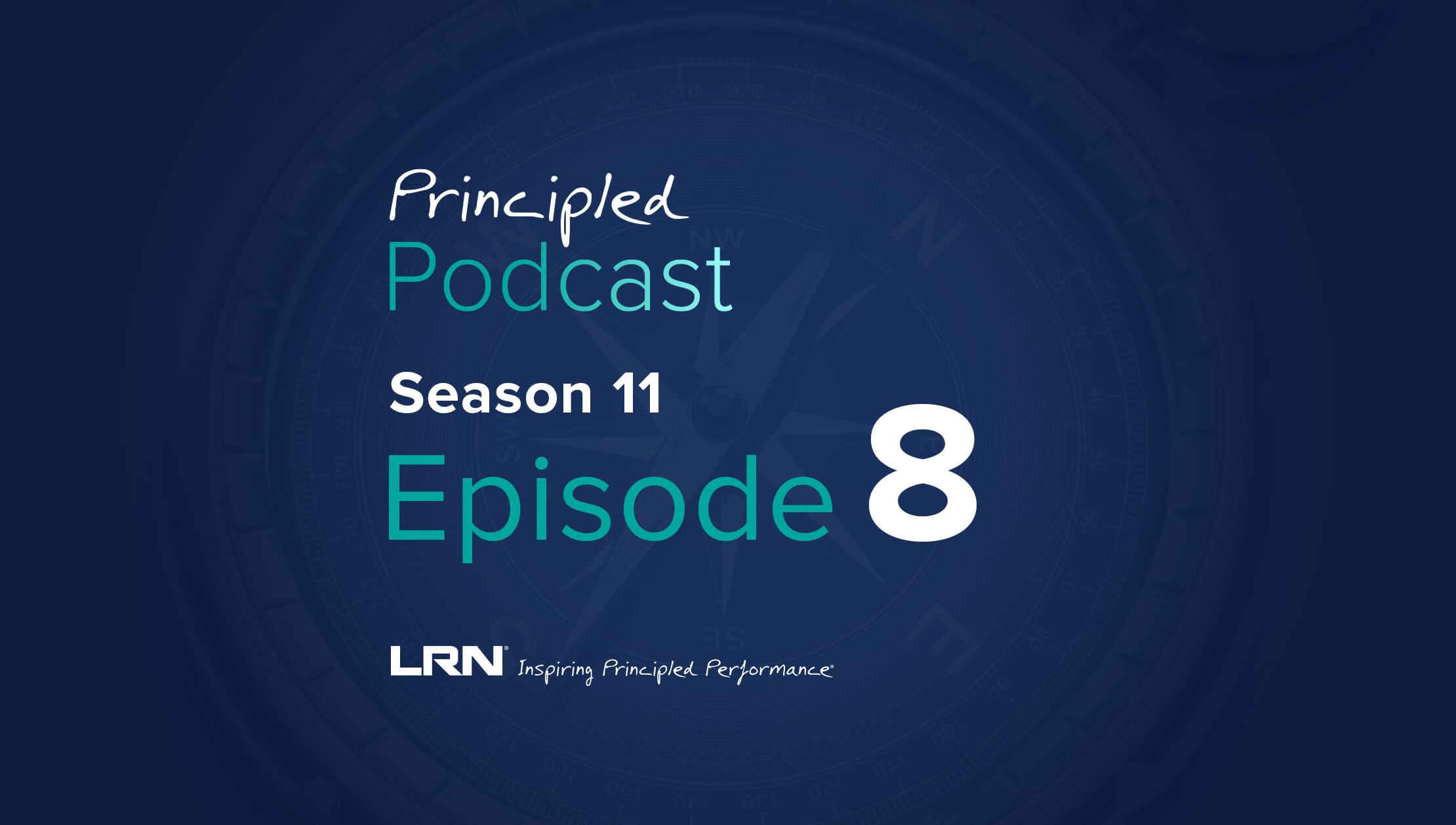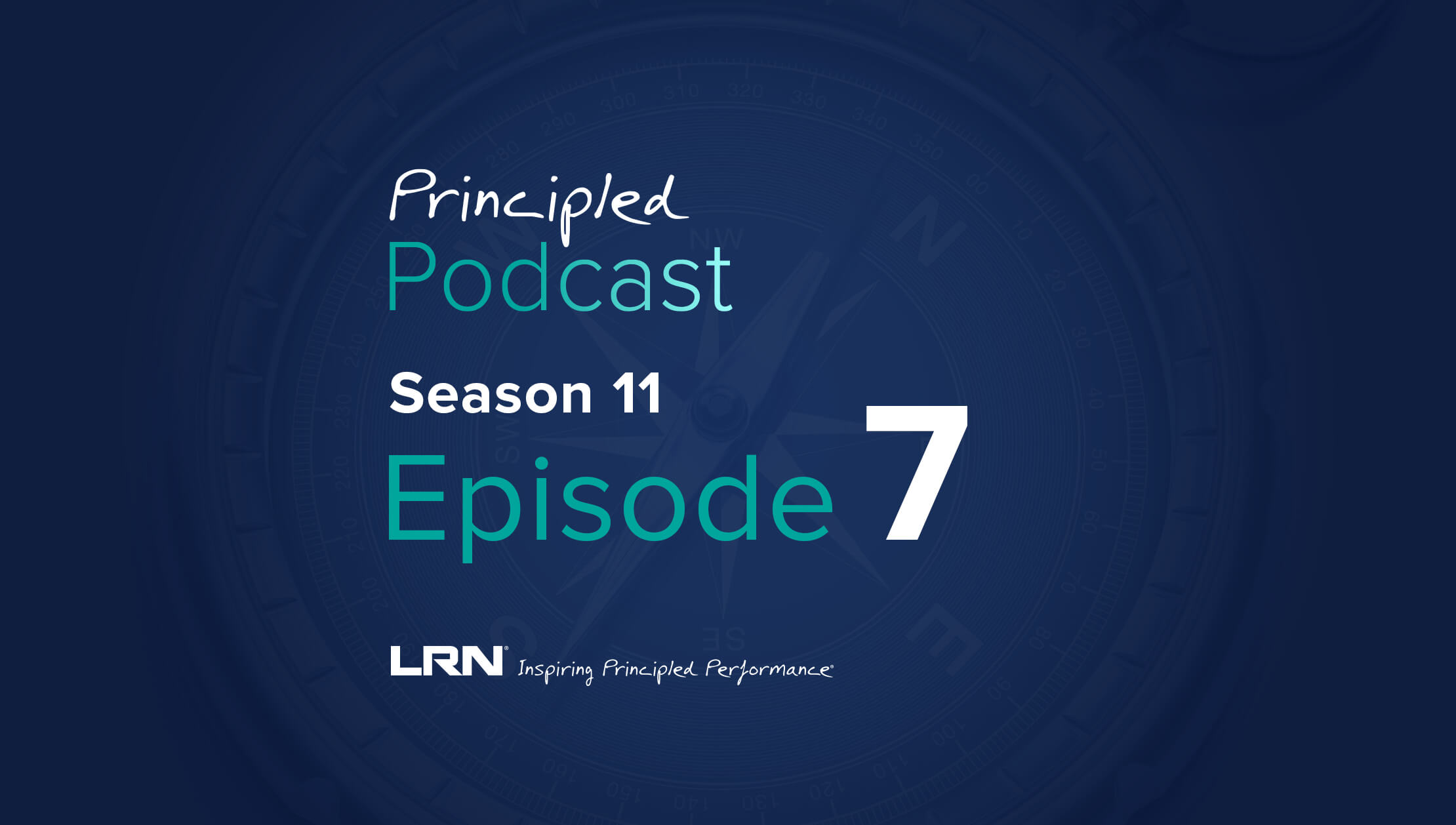For as long as there have been ethics and compliance programs, training has been an essential component of them. Boards, CEOs, regulators, and even employees expect it. Vendors offer it. Completing it can be a condition of getting a bonus or salary increase. And, the US Department of Justice frequently requires enhanced compliance training programs as part of criminal settlements for companies accused of misconduct.
But is training really the right approach to changing employee behavior? What are best practices that make it impactful? How was this key pillar of E&C programs impacted by our shared experience during the pandemic and war in the Ukraine? And most importantly, what does effective E&C training even look like, and how do we know it is effective?
In the spring of 2022, LRN and Ethisphere’s Business Ethics Leadership Alliance (BELA) convened a working group of E&C professionals from more than 50 high-performing companies to review the complex and controversial area of ethics and compliance training programs. The results are now available in a new white paper, Effective Employee Education: Training and Communications for the Current World of Work. The overriding principle to come out of these working group discussions was the need to focus on the learner rather than the content. Or put another way, it is time to shift our focus from training and communications to learning and engagement. So, how do we do that?
8 best practices that rethink compliance training and communications
Here are the principal best practices identified in white paper (which you can read in full here). This group benefitted from the input of an expert in instructional design, who shared in-depth advice for companies looking to improve their effectiveness and better design their curriculum and training content in-house.
Get management buy-in on ethics and compliance training
Training is all about mitigating risk by informing employees about ethics and compliance risks and how to handle them. Investigation and hotline data, metrics from a training platform that show what topics result in the most difficulty, and other internal sources of insight can help make the case for training’s importance. And, determining what topics to address requires close attention to the risks facing the company, an area that can change rapidly as the pandemic and war in the Ukraine have shown. A risk-focused approach can resonate more strongly with business leaders and meet the DOJ’s emphasis on effective risk mitigation.
How you train is just as important as compliance training content
Many training programs place an excessive emphasis on classroom training. But the Center for Creative Leadership (CCL) promotes the 70-20-10 principles for learning—70% challenging experience and assignments, 20% developmental relationships (mentoring and coaching), and 10% coursework and training. Many BELA members and LRN clients use scenario-based training drawn from sanitized real-life compliance mishaps to encourage problem solving and cooperation, in keeping with the CCL principles.
Leverage best practices and research in designing E&C training
Using new modalities and best practices in compliance training requires careful consideration as the section on instructional design principles illustrates. For example, gamification has become a go-to approach for training in recent years—the idea being that turning learning opportunities into rewards-based interactive experiences, or friendly competition with colleagues, automatically makes them more engaging and impactful. For gamification to truly drive a learning experience, rather than being flash-in-the-pan entertainment, it must incorporate sound game theory and current game design principles—all of which required a specific range of skill and expertise. Consider partnering with a firm (like LRN) that specializes in this kind of content before declaring it a part of your E&C training.
Make E&C training learner-centered by enhancing ease of access and relevance
As documented in the 2022 Ethics & Compliance Program Effectiveness Report, high-performing companies emphasize making training relevant, engaging, and real-time in terms of learning. Leveraging “just in time” training techniques is more likely to resonate and carry impact than an in-depth course taken several months ago. For example, consider incorporating tailored and relevant information into short burst communications that pop up on employees’ phones when company systems are triggered.
Incorporate Adult Learning Theory into compliance training
For ethics and compliance training program to be at its most effective, it must be configured for the audience at hand. As such, incorporating Adult Learning Theory into a compliance training program will prove key to ensuring an effective curriculum that delivers results. Adult Learning Theory proposes that adults learn best through any combination of transformative, self-directed, and/or experiential learning.
- Transformative learning changes the student in a meaningful way, often altering their way of thinking or perception of things (e.g., anti-bias training).
- Self-directed learning stresses informal and often collaborative learning experiences that take place outside of a traditional classroom setting (e.g., project-based learning)
- Experiential learning that enables the student to learn by doing or experiencing (e.g., role-playing or simulations).
Engage your learners through ethics and compliance training
Engaging the learner and meeting them where they are is equally important. Compliance training that repeats the same message to the point of disengagement, or otherwise lectures participants rather than helping them, is equally ineffective as it fails to engage the learner. Instead, E&C training that is conveniently delivered in an interesting manner can improve employee engagement. In addition, training that uses realistic and relevant examples that mirror the employee experience at work is more likely to connect with the learner and be remembered as opposed to generic scenarios developed for everyone.
Develop a sound communications strategy to support E&C training
In 2022, the World’s Most Ethical Companies increasingly treated communications and training as mutually reinforcing elements of a good compliance program—not separate activities. Communications campaigns themselves require time to design and implement; incorporating training communications as an afterthought will significantly limit their effectiveness. Working in conjunction with your communications department can be extremely helpful when it comes to spreading awareness of, and driving engagement for, your training E&C program and its key messages.
Measure available compliance training data
An exciting development in the E&C space has been the increased focus on data analytics to inform the work of an E&C team, and while we may quibble over how effective online training is by itself, it definitely produces data that can be analyzed. LRN’s new Catalyst Reveal, which integrates data points taken from users into a comprehensive dashboard is an example of the insights that can be gained from your training platform. Ethisphere’s BELA working group had several main data metrics they relied on here: in-course click metrics, increased use of function-specific training, completion data, test-out and data correlation.
The key takeaway
Training remains a critical component of an effective E&C program and companies spend millions of dollars developing, purchasing, and delivering training to their employees to promote ethical behavior. However, the unifying principle in BELA’s discussions and LRN research and data is that shifting the focus of training towards the learner rather than pushing content will make any training of any type more impactful and effective. Download a copy of the white paper for further details into these eight best practices.



